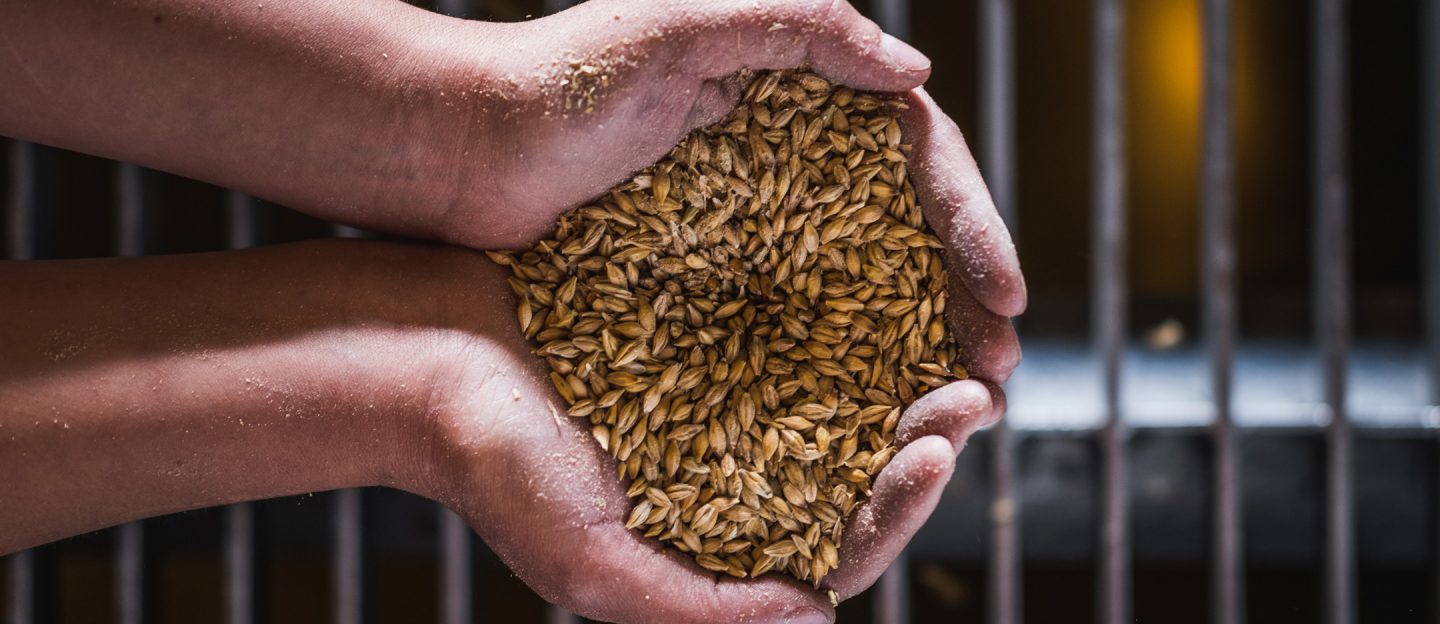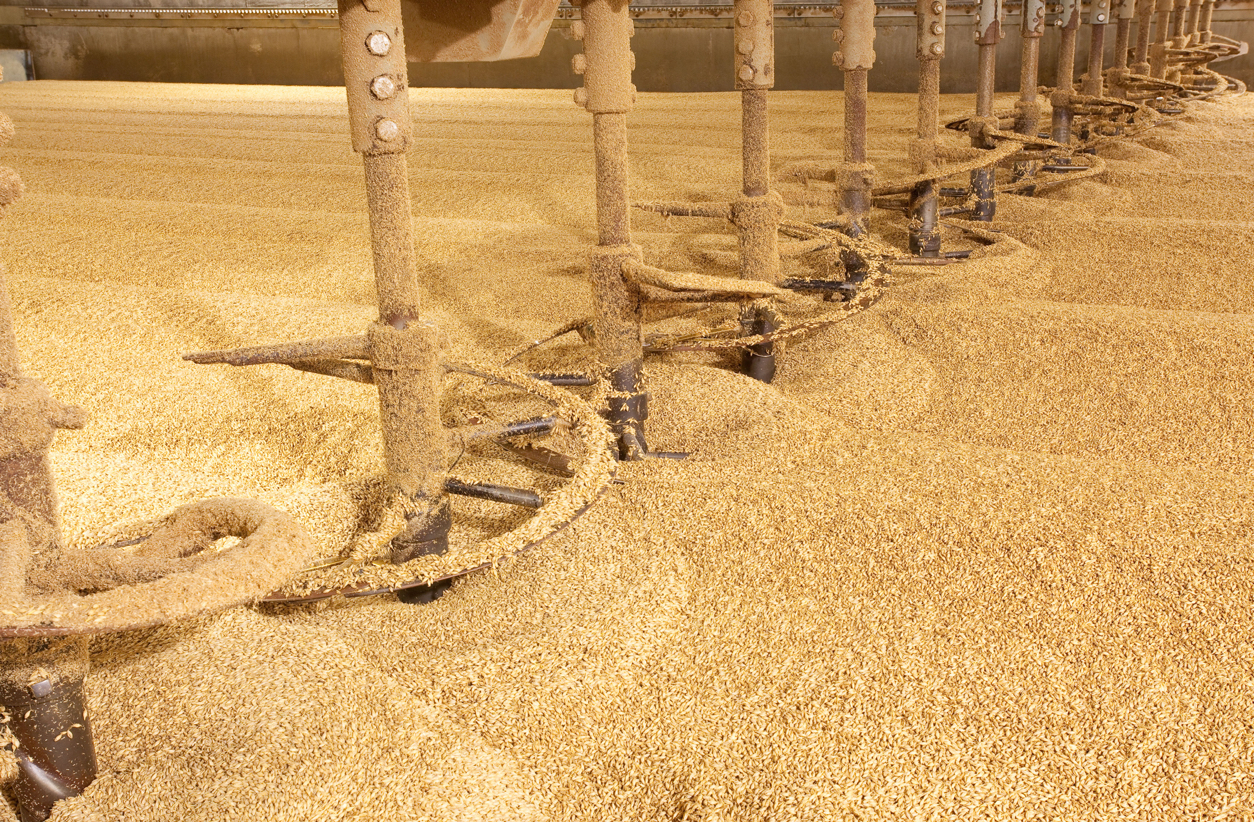The craft
of malting

Producers
We’re privileged to work with farming communities across the Canadian prairies.
Our nine country elevators provide sites for farmers to unload their crops and connect with local grain teams. Our dedicated grain team works with producers to assess new varieties, examine samples, and share best practices learned through years of experience. We’re proud that our history is based on generations of relationships with Canadian family farms.


Quality Barley
If you have grown malting barley in the past, you know that production requires much greater care and management than other commercial crops.
Quality requirements for malting barley are reasonably strict and are directly related to processing efficiency and product quality in the malting and brewing industries. Many of the characteristics required are under the farmer’s control. Weather conditions contribute to the quality and other characteristics during the growing and harvesting season.
What is malt?
Malt is a cereal grain – most often barley, wheat, rye or oats – that’s grown under controlled conditions and then dried. You’ll find malt’s distinctive flavour in beer, distilled spirits, vinegar, cereal, baked goods, and many other delicious things. Malting is a process and art that we’ve been perfecting for more than 100 years. Here’s how we do it.
Steeping
Germination
Kilning
Steeping
Steeping increases the moisture
in the grain.
Over 2-3 days, grains are sequentially immersed, and then air rested. During the process, the grain begins to germinate. Throughout the immersion process, air is blown through to keep oxygen levels at bay; carbon dioxide is removed during air rests. The goal is evenly hydrated, germinating grains.


Germination
After steeping, the hydrated grain is evenly distributed throughout a germination compartment.
During germination, the grain continues to grow under controlled conditions. Fresh, humidified air, in a temperature-controlled environment, helps to provide optimum conditions for this process during the approximately 4 subsequent days. During the germination phase, the main objectives are to develop enzyme systems, soluble nitrogen and FAN, as well as to break down cell walls (most importantly, beta-glucans), to provide a product that is specifically tailored to each brewer or distiller.
Kilning
Kilning is where the maltster’s art
and technology work hand-in-hand.
The germinated grains are loaded into a kiln where warm, dry air dries the grain. The maltster imparts the desired flavour and colour profiles by varying the temperature and amount of air.
